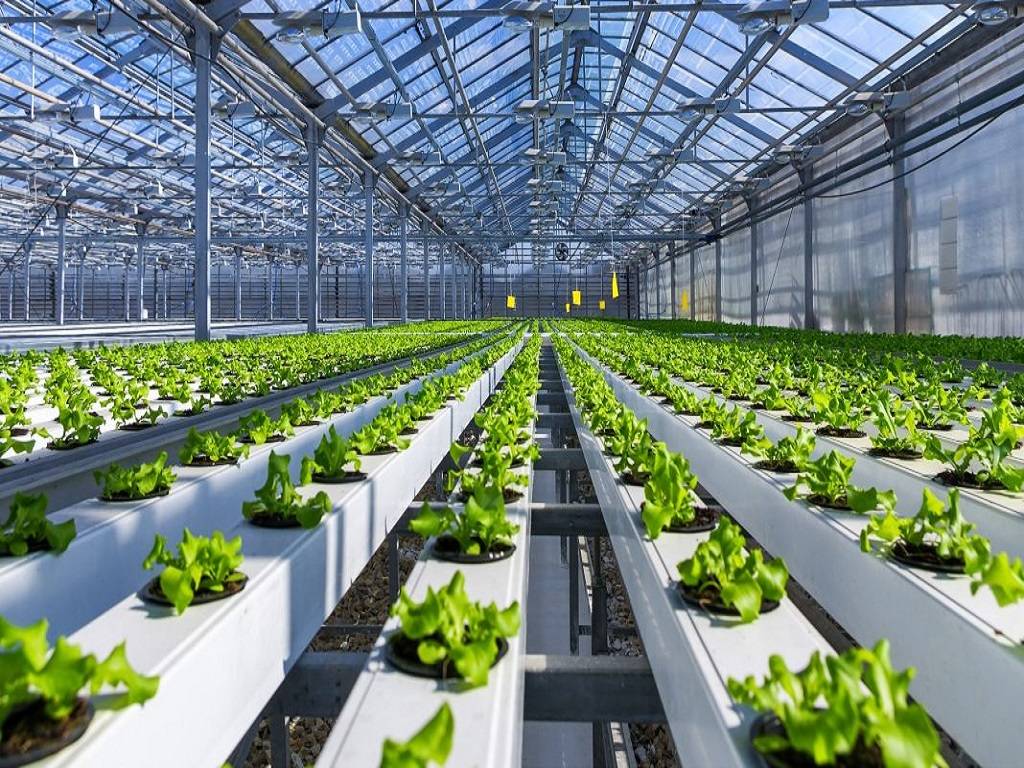
With the popularity of hydroponics farming growing, many people are curious about how to produce vegetables, herbs, and plants in nutrient-rich water rather than soil. This procedure is not only organic but also ecologically beneficial. Beginning a hydroponics business, on the other hand, isn't as straightforward as starting a terrace garden.
An expert and a PhD holder in agronomy with over two decades of expertise in the hydroponics and urban gardening industries, has five simple ideas to help you get started.
Expert Tips to Start Hydroponics Business
Here are five aspects to remember before getting started with hydroponics
Select the appropriate crop
Farm owners must determine which crops to cultivate based on the season and market demands. This involves looking at neighboring market demands, the economic worth of the crops, and their climate tolerance.
Determine the infrastructure
A greenhouse, growth systems, fertilizers, and a microclimate controller are all required to establish a hydroponics farm. Depending on the size of the farm and the budget, these factors must be carefully considered.
Turn product into a commodity
When beginning a farm, it's crucial to remember not to rely just on selling food in quantity to customers. Instead, businesses should consider new marketing strategies. Instead of selling lettuce by the kilo, value-added options include selling it as part of a salad mix with other vegetables.
Have the necessary management skills
Managing a hydroponics farm can be a difficult process. One or two people, depending on the size of the farm, are also required to maintain cleanliness and other operations.
Have patience
The process of starting a hydroponics business may appear lengthy, but patience is required. "The early months are the gestation phase before the enterprise becomes successful," explains Dr Praveen.
Those interested in starting a hydroponics business should test the desired crops and grow them as a trial project, says the expert. The owner can grow into a commercial cropping set up after the crops display a high success rate in a tiny set up.
















